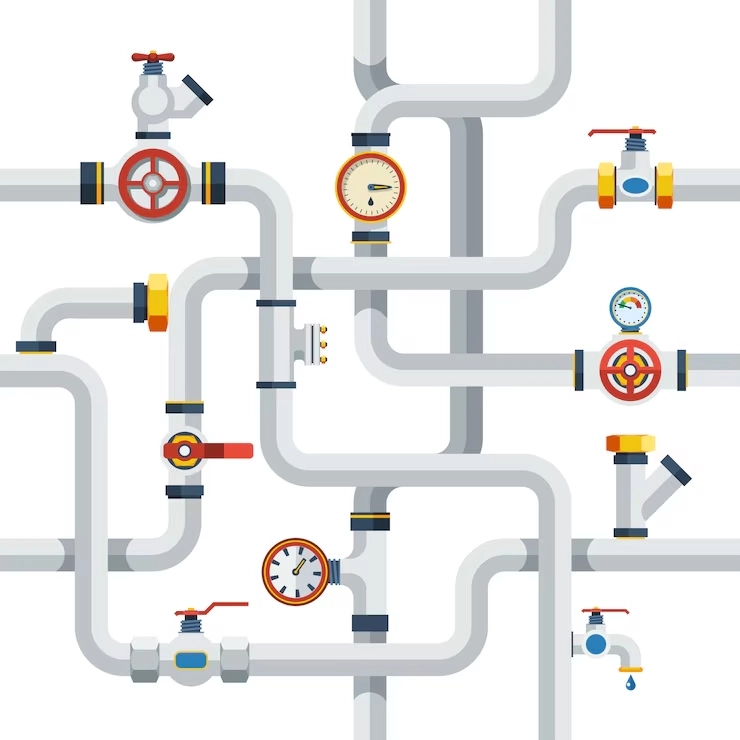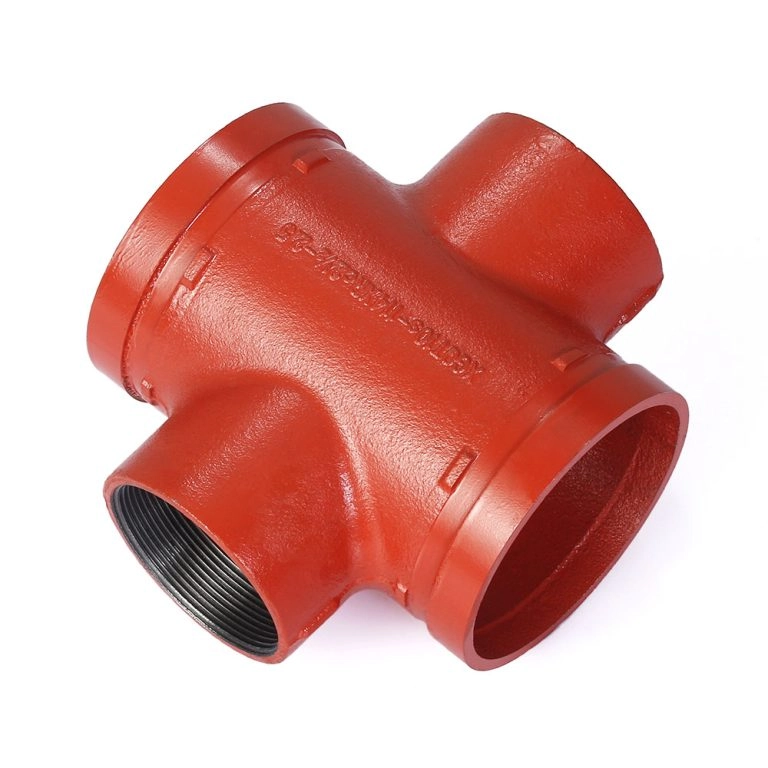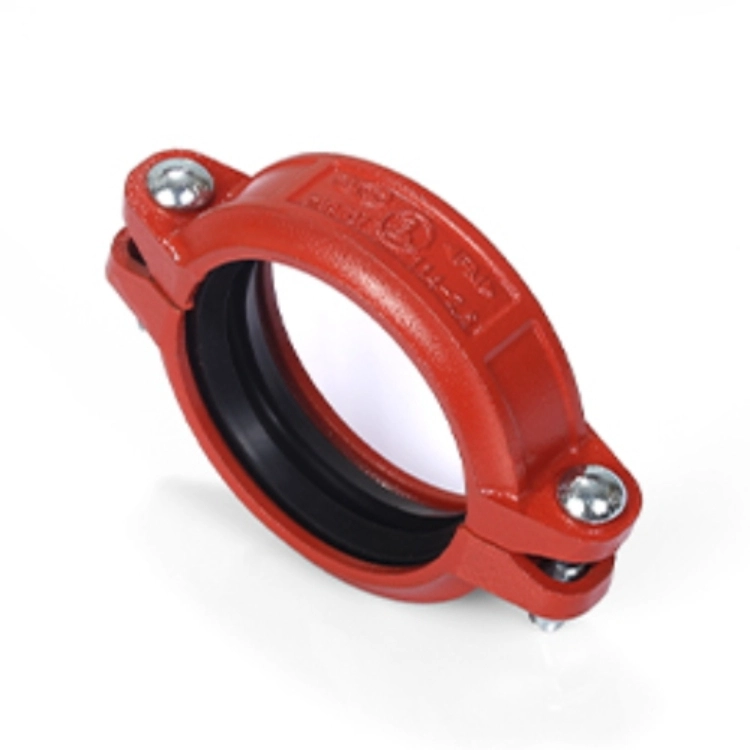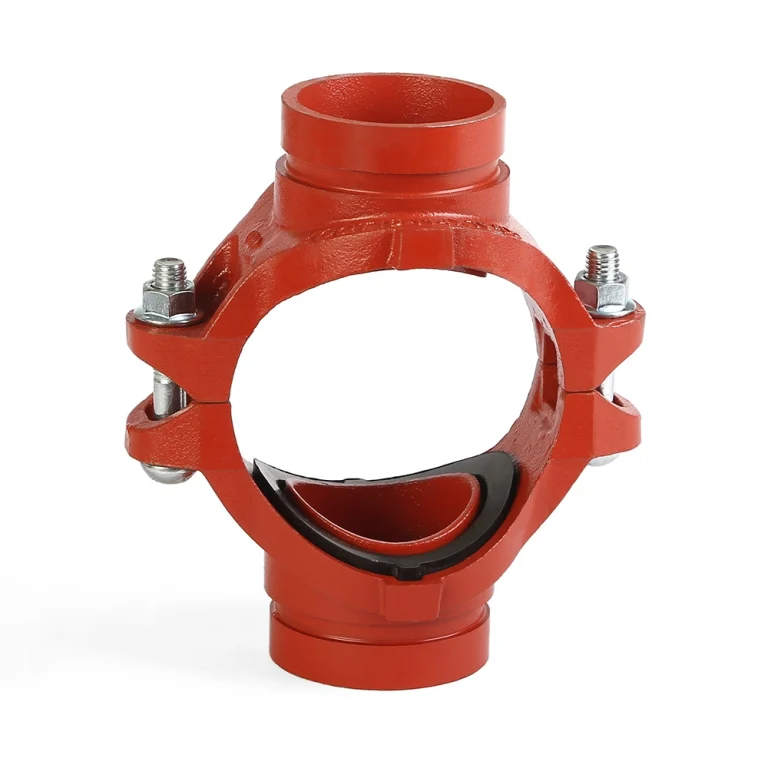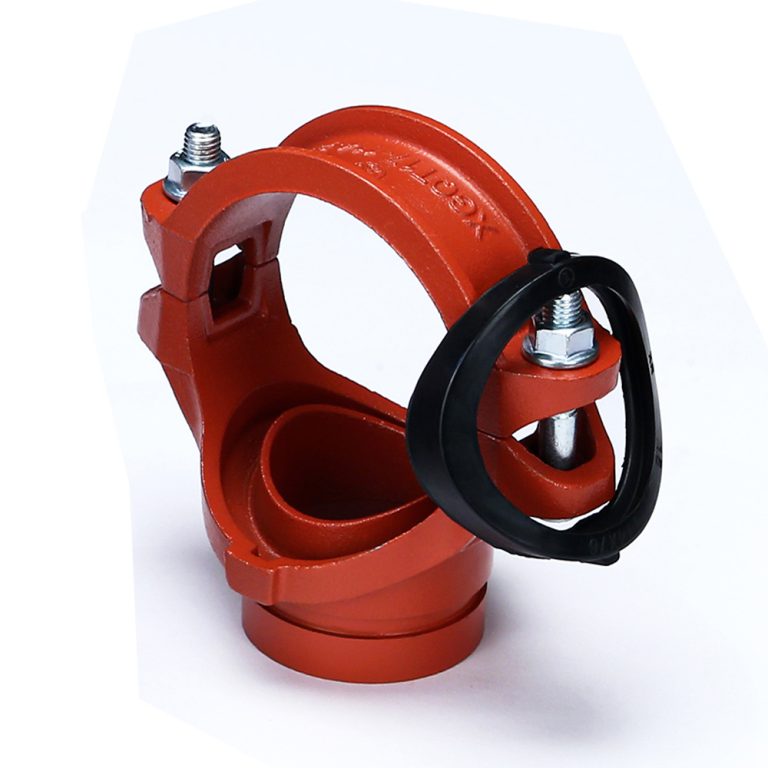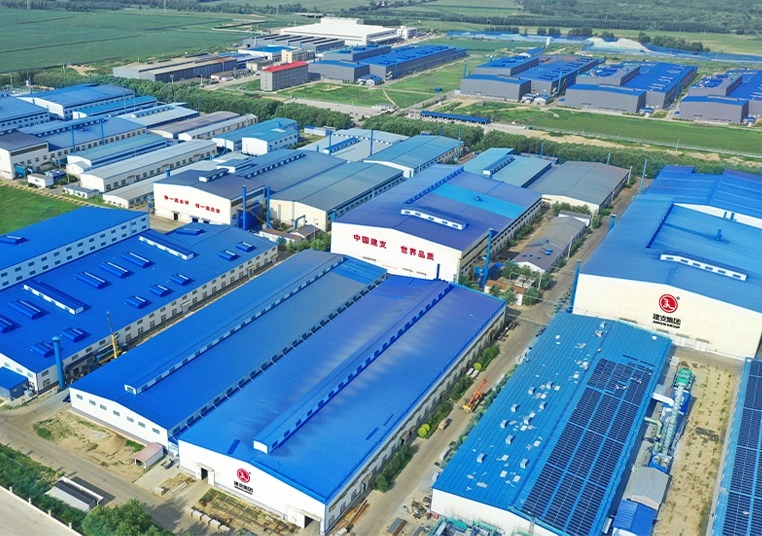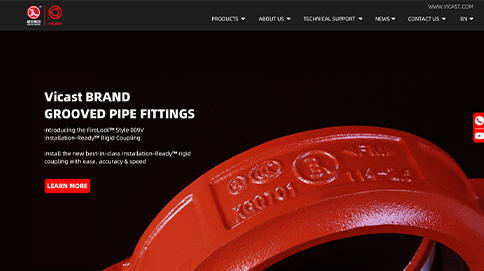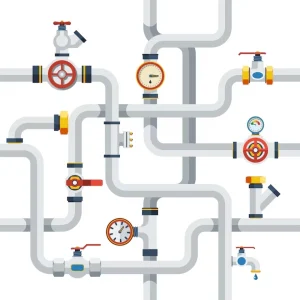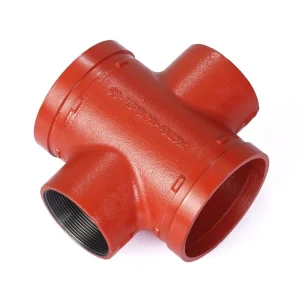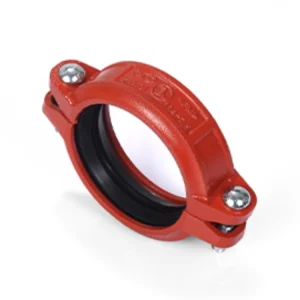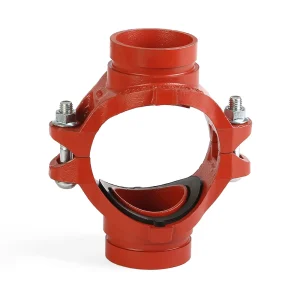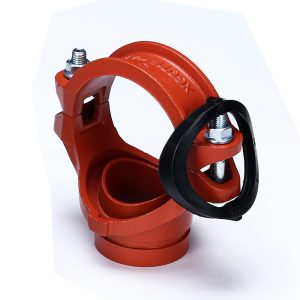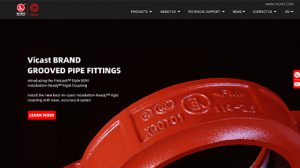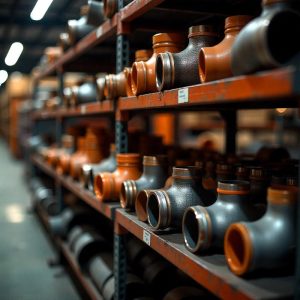
The Ultimate Guide to Pipe Fitting: Key Concepts for Beginners
Pipe fitting is super important for plumbing or big systems. Do it right, and everything works great. Mess it up, and you could get leaks or breakdowns. This guide for newbies explains all you need to know about pipe fittings, from kinds to setup. What Is Pipe Fitting and Why Does It Matter? Pipe fitting is about putting pipes together so liquids, gases, or other stuff can flow properly in a system. This job makes sure homes, shops, and factories run smoothly and safely. The Basics of Pipe Fitting Pipe fitting uses parts like couplings, tees, elbows, flanges, and reducers to join pipes tight. These parts let pipes turn, change size, or split into branches. Good pipe fitters use special tools and tricks to make strong connections that don’t leak and can handle pressure. Where Pipe Fitting Is Used Pipe fittings show up in tons of places. In homes, they


